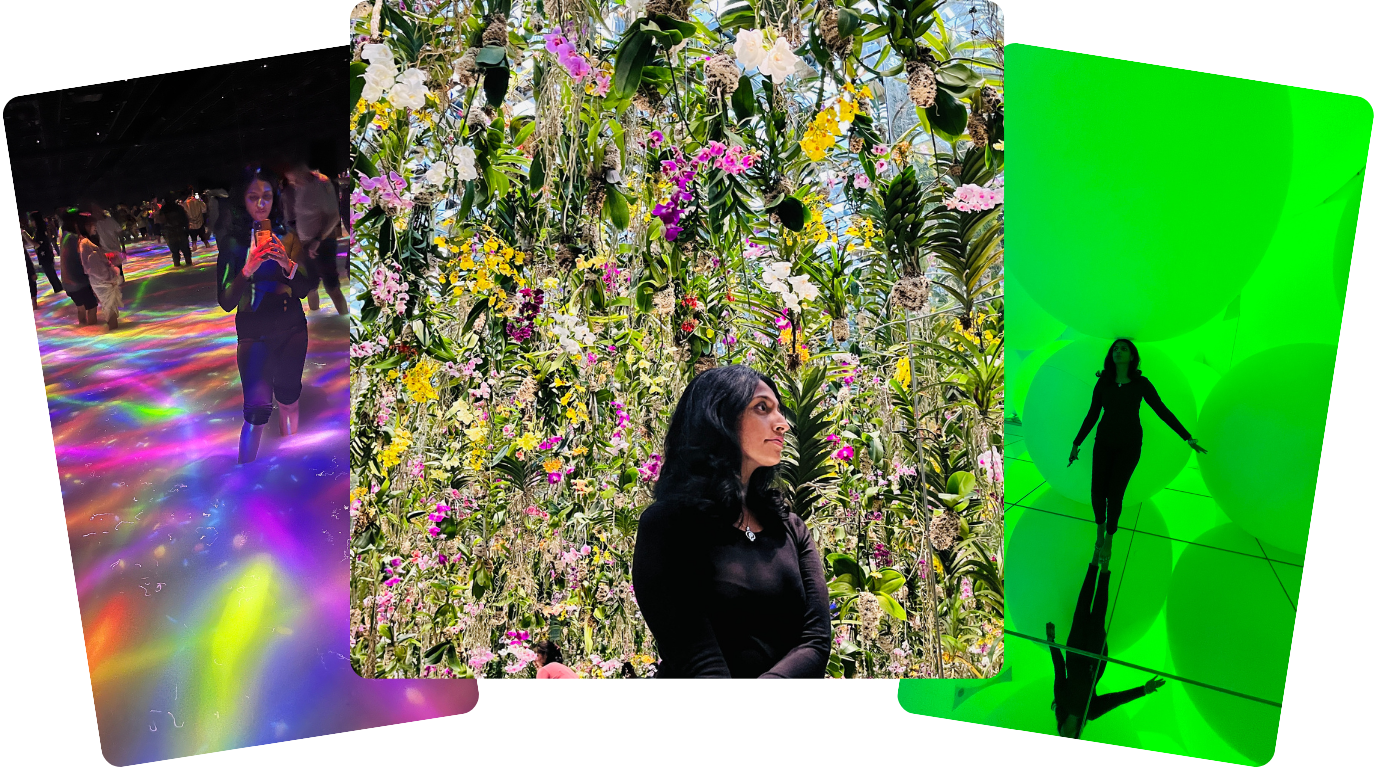There was a time when museums felt like cathedrals—silent, sacred spaces where people walked, observed, and left with quiet reverence. But the walls are dissolving. What was once untouchable now invites us in. In atleast two of my recent XR projects, this shift wasn’t just a concept—it was a requirement. The briefs didn’t ask for passive experiences; they ask to break away from the norms of audience interaction with the piece .
This movement aligns with what I call the "generation of interaction"—a cultural shift where people expect not just to witness but to shape experiences. I see this everywhere. We no longer want to be told a story—we want to move through it, shape it, and leave something of ourselves behind. Museums are beginning to acknowledge this. The question is no longer What do we display? but How do we reach people where they are and through their behaviour ?
Museum Next Virtual captures this shift with its latest theme:
How are museums taking their digital experiences beyond their walls?
Yet, many traditional museums remain reluctant. When I spoke with a content director at Magma Cultura, a cultural management company in Barcelona, they shared what I had sensed for some time—many museums see interactivity as a threat rather than an evolution. To them, masterpieces are to be observed, untouched, unaltered. Engagement beyond quiet admiration is often seen as disruptive rather than enriching. This is where off-museums present a challenge. They do not seek to preserve art in stillness but to activate it through participation.
Does this mean all museums should become off-museums? I don’t think so. Not every museum needs to be fully interactive. For me, the off-museum exists on a spectrum—ranging from completely untouchable to fully immersive, co-creative experiences.

Case Study:
Read each case study below and try to place them on the spectrum based on what you see 🤓. Can you predict their next move? If they were to evolve further, would they shift toward greater interaction or refine their existing model, deepening immersion without altering participation?
Atelier des Lumières - Paris Off Museum Experience

Inside a former iron foundry in Paris, paintings have broken free from their frames. At Atelier des Lumières, Monet’s lilies ripple, Van Gogh’s stars swirl, Klimt’s gold shimmers across the towering walls. Art no longer sits still—it surrounds you, filling the space with motion and sound. Everyone sees the same experience, unchanged by their presence.
Atelier des Lumières represents the first step away from passive observation, turning museums into spaces of emotional engagement rather than static display. But while the walls have come alive, they have not yet learned to listen. Can you guys
White Rabbit – Barcelona’s Off-Museum Experience
.png)
An example of this philosophy is White Rabbit, Barcelona’s first "off-museum", which reinvents how visitors engage with culture. Unlike traditional museums that rely on static exhibitions, White Rabbit is an immersive storytelling experience.
Its installations span 10 themed rooms, where arts are placed within virtual reality, dance, sculpture, and projection mapping to reinterpret Catalan culture. Here, we as visitors don’t just learn about history; we walk through it, touch it, and become part of the narrative. This model challenges the conventional museum approach by breaking the "don’t touch" rule.
teamLab – Art That Reacts to You

When I visited teamLab in Japan, I wasn’t just surrounded by art—I was inside a living ecosystem that responded to my presence. There were no fixed perspectives, no predetermined paths. Flowers bloomed beneath my feet on my movements. No two visitors experienced the same exhibition in the same way. Each room were designed to allow user to co living with each other without dispruting other experience.
XR: Taking Museums Beyond Their Walls
This shift—from static institutions to living experiences—is no longer confined to physical spaces. XR is redefining digital experiences, where interaction is no longer an addition but an expectation.
As an XR designer, i feel we shud not just consider immersion—we should think about agency, participation, and movement. Where should an experience fall within this range? Should the user be an observer, a navigator, or a co-creator?
Just as museums are considering this shift, so are the spaces we design in XR. The question is no longer whether people should interact—it’s how deeply we allow them to shape the world around them.








.jpg)
.jpg)
.jpg)

.png)



.png)